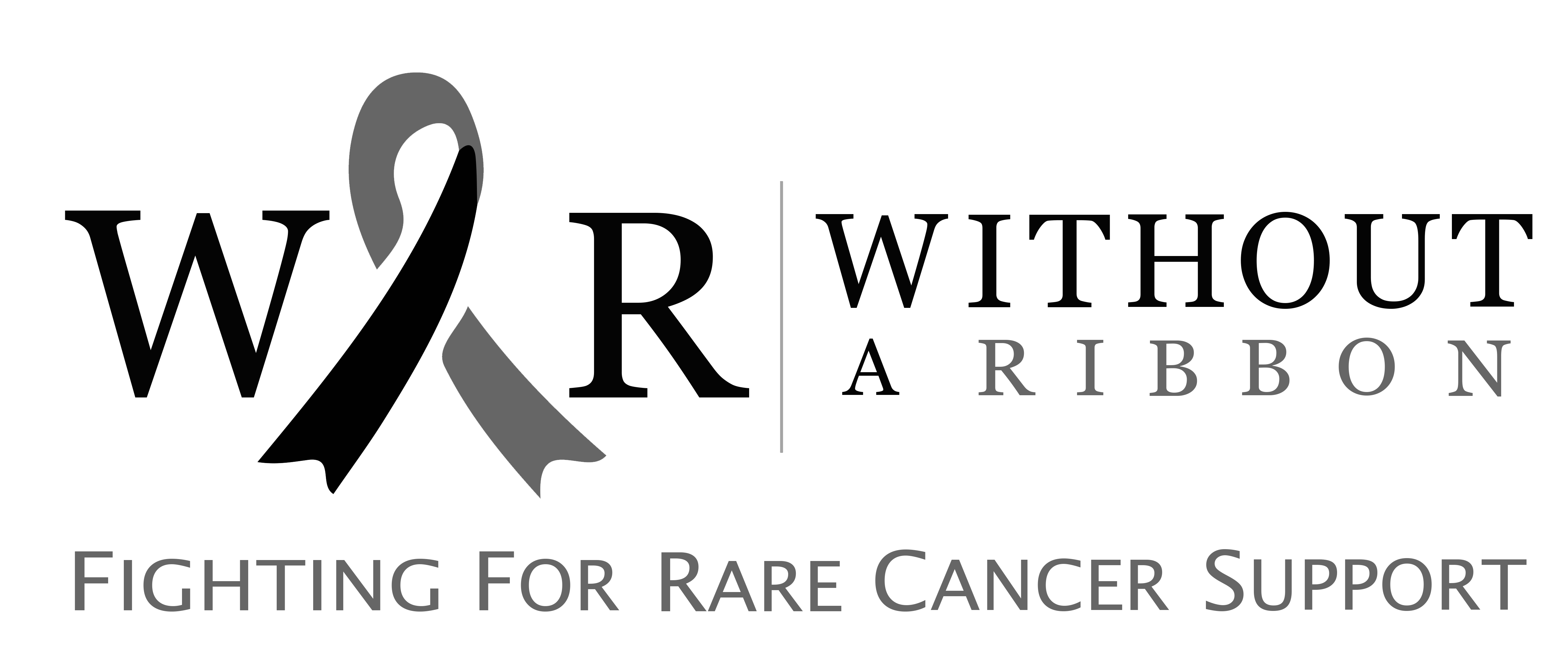What is Small Cell Carcinoma (Lung)?
Small cell lung cancer (SCLC) or Small Cell Carcinoma (Lung), formerly known as oat cell carcinoma, accounts for 10-15% of all lung cancers. Small cell carcinomas grow and metastasize rapidly, quickly dividing and spreading to other organs and parts of the body even before they are diagnosed or show symptoms.
Disease Etiology (Causes)
There is no well-known cause. However, there is a strong link between the presence or diagnosis of small cell lung cancer and chronic tobacco smoking. Other risk factors for developing small cell lung cancer are the working history in uranium mines and long-term exposure to radon gas.
Disease Epidemiology
Worldwide, lung cancer is the most common malignant neoplasm in men and the fifth most common cancer in women. In Europe, lung cancer is the 2nd common cancer after prostate cancer. SCLC is more common in people aged 60-80.
Signs and Symptoms
The patient may suffer from the following common signs and symptoms at an advanced stage of the disease. These are;
- Cough
- Shortness of breath ( feeling of chest tightness, difficulty in breathing or suffocation)
- Fatigue
- Bone pain
- Cough shortness of breath and hemoptysis (coughing up blood) are the primary symptoms in which the tumour is localized only at the site of its origin.
- In cases where the tumour has spread to other areas of the chest cavity, especially the mediastinal lymph nodes, the patient may suffer from abnormal voice changes such as hoarseness or stridor (loud voice) and dysphagia (difficulty eating or swallowing food).
- Common sites of hematogenous metastases (spread through the bloodstream) include the brain, bone, liver, adrenal glands, and bone marrow. Symptoms vary by location.
Signs and Symptoms of Distant Metastasis to the Brain or Spinal Cord
- Headache that usually gets worse in the morning
- Blurred vision
- Irritability to the light
- Nausea
- Vomiting
- Slurred speech ( difficulty in pronouncing words, changes in speed or rhythm while speaking)
- Confusion
Diagnosis and Treatment
The following diagnostic tests and procedures can be used to make a diagnosis. These are;
- Imaging techniques like Chest X-ray, CT-scan, MRI, and PET scan to see the site, size, and extent of the tumour.
- Tumour biopsy ( lung tumour biopsy to remove a small sample of lung tissue for histopathological examination)
- Sputum cytology
- USG guided fine needle aspiration cytology
- Treatment options include surgical resection of the tumour, Chemotherapy, Radiotherapy, targeted therapy, and immunotherapy. Surgery is the main option, all patients with stages I SCLC lung should undergo surgical resection of the tumour (complete removal of the tumour along with the removal of some surrounding healthy tissues).
- Pneumonectomy (surgical removal of the entire lung), lobectomy (removal of a lobe of a lung) should also be considered in the earlier stages of SCLC when the tumour has spread to most of the lung or lobe of the lung.
- Chemotherapy and radiation therapy should be considered in advanced and in distant cases of cancer metastasis.
What Support can we Give for Small Cell Carcinoma (Lung)?
Small Cell Carcinoma (Lung) is a rare cancer, meaning it is not as well known as other forms of cancer. Without a Ribbon is an Australian organisation that provides support for individuals who suffer from rare cancers. So, we provide a designated platform for Warriors to obtain information specific to their Rare Cancer. We also provide annual opportunities for our Warriors to meet and learn from each other. If you suffer from rare cancer such as Small Cell Carcinoma (Lung), we can help and support you through your journey thanks to the generous donations we receive. Click the link below to sign up and become a Warrior today!
You can help us with your donation:
Without a Ribbon is a charity that works hard to aid those who suffer from rare cancers. You can help our cause in a variety of ways:
Donations — Without a Ribbon is grateful when we receive every donation. Giving to Without a Ribbon helps us to provide ongoing support, organise the annual gathering and subsidise the costs of our Warriors attending these conferences.
Sponsorship — If you wish to sponsor our charity, please contact us using this form.
Volunteering — We are always looking for volunteers to help with different aspects of running our charity. So, if you are looking for volunteer work, please feel free to contact us.


